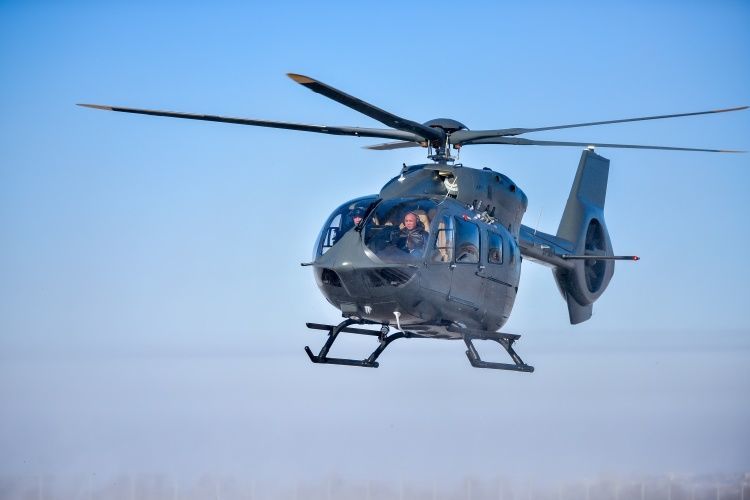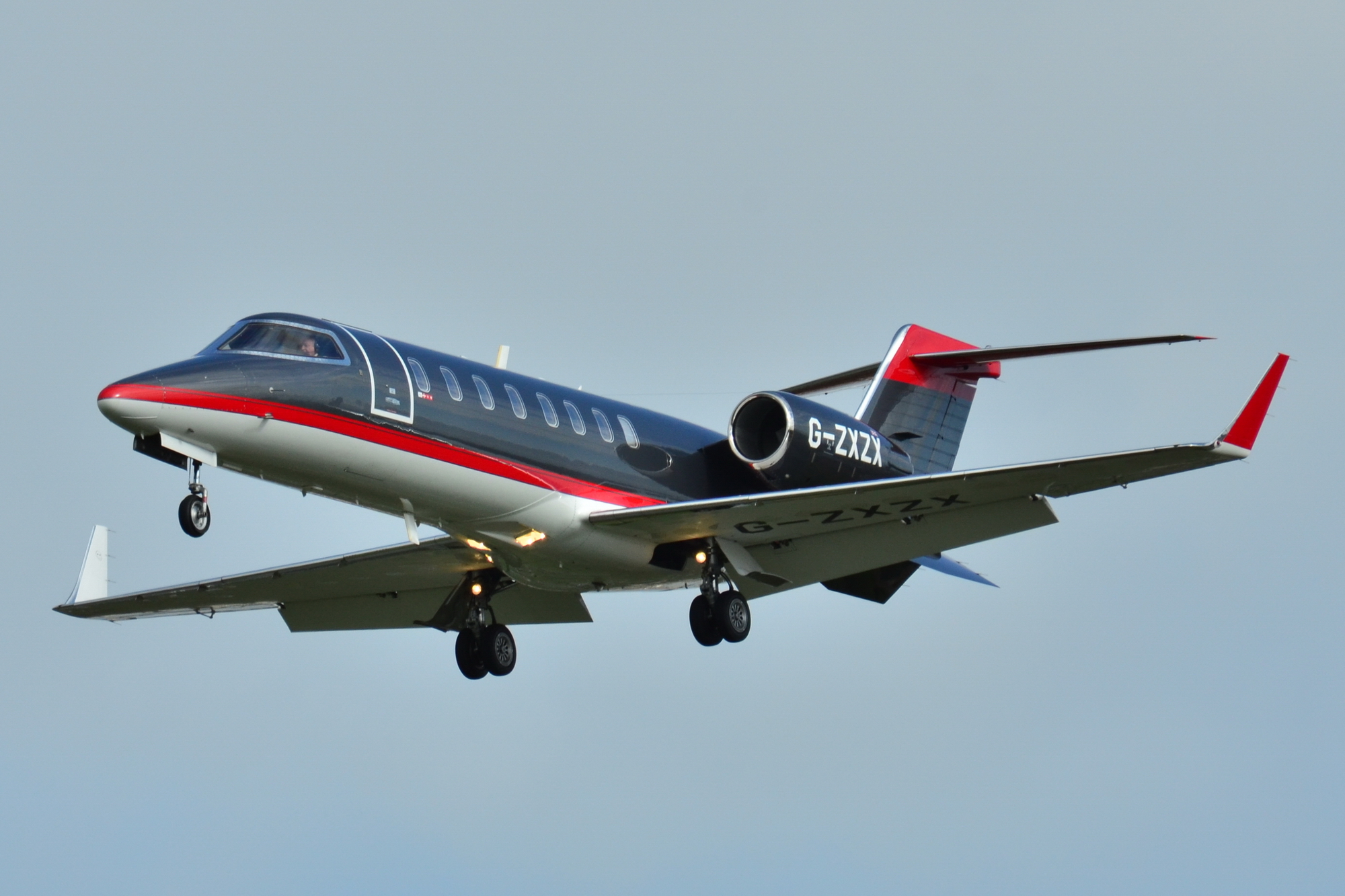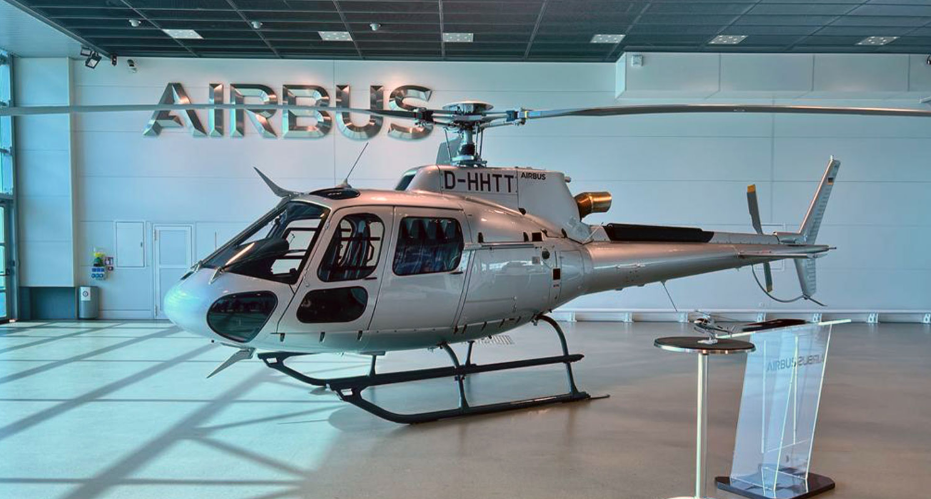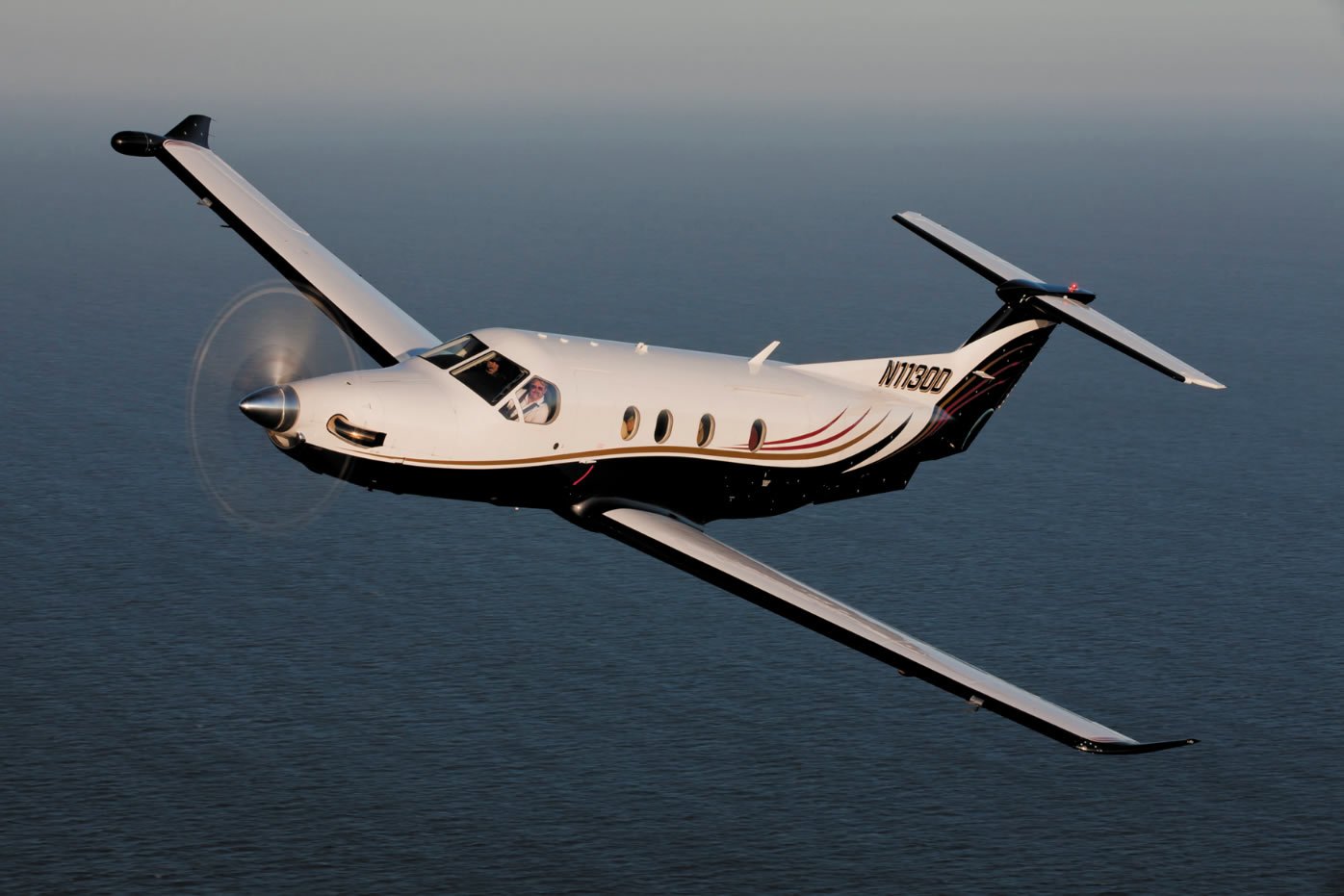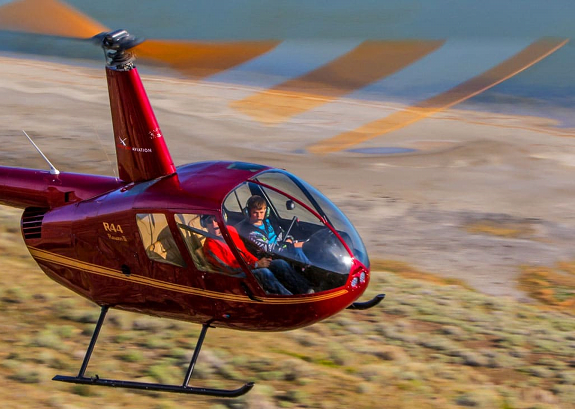Gulfstream G500 (2018) Review: Is This the Jet That Changed the Game?
9 min read
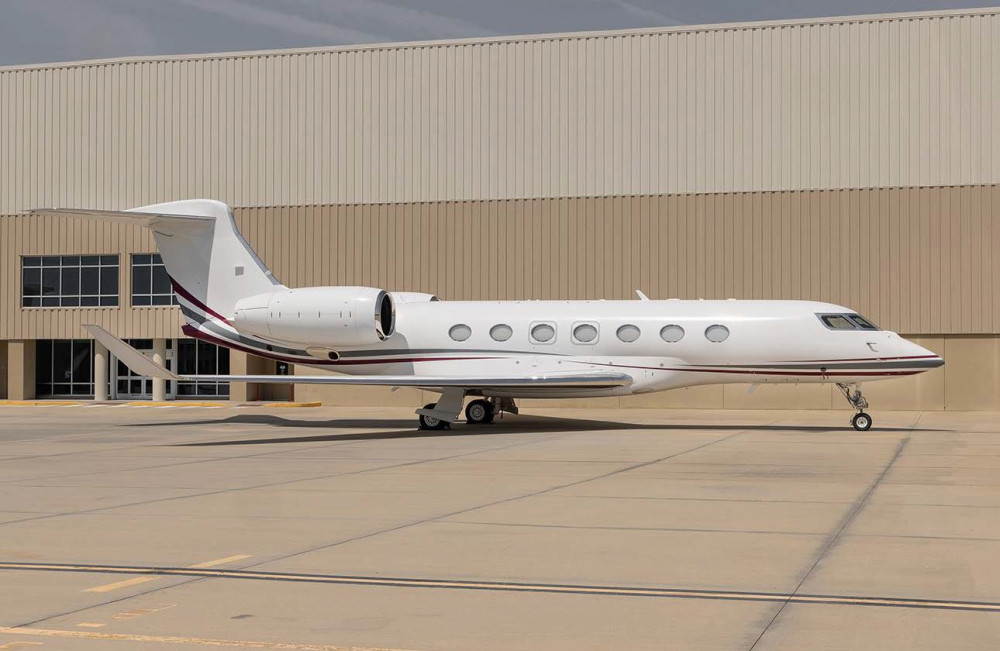
When Gulfstream pulled the wraps off the G500 back in 2014, it wasn't just another incremental update to their lineup. No, this was something different. It was a complete rethinking of what a super-midsize to large-cabin jet could be. And honestly? It was about time.
The G500 represents what happens when you start with a blank sheet of paper, rather than trying to squeeze a few more miles out of an aging design. Part of Gulfstream's new GVII family, this aircraft was built from the ground up to replace the old G450. And let's be honest, it had been showing its age for a while.
In the ultra-long-range business jet market, where every manufacturer claims to have revolutionized something or other, the G500 stands out by actually delivering on most of its promises. Is it perfect? Of course not. But as we'll see, what it gets right far outweighs any doubts or problems you might have.
How It Came to Be
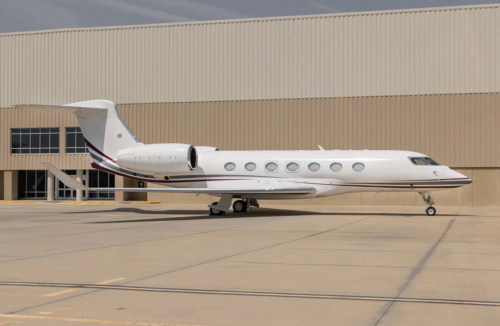
October 14, 2014. That's when Gulfstream decided to shake things up. The G500 made its debut flight alongside the G600; think of them as siblings, with the G500 being the slightly smaller, nimbler one who still manages to outshine most of the competition.
But this wasn't some rushed project cobbled together to fill a gap in the lineup. No. Gulfstream had been working on this for years, quietly borrowing the best bits from their flagship G650 (the wings and tail design, for instance) while figuring out how to make something that was faster and more efficient than the aging G450.
The real surprise came when everyone realized what was powering this thing. Pratt & Whitney Canada PW814GA turbofans. After decades of Rolls-Royce engines being practically synonymous with Gulfstream jets, here they were going with P&WC. Bold move? Absolutely. But when that first prototype took to the skies on May 18, 2015, any doubts started to evaporate pretty quickly.
The Certification Process
Now, the certification process was where things got interesting. And by interesting, I mean intensive. Gulfstream threw everything at this program: five aircraft total, including four prototypes and one production model. By May 2017, they'd racked up over 2,900 flight hours, pushing the envelope in every conceivable condition. The FAA gave them the nod for type inspection authorization in August 2017.
Then came the hiccup nobody saw coming. Triumph Group, the folks making the nacelles, went belly-up. Imagine being months away from delivering your brand-new jet and suddenly your supplier disappears. What does Gulfstream do? They bought the entire manufacturing line in October 2018. Problem solved.
The FAA finally granted full type and production certification on July 20, 2018. By the time they'd reached this milestone, the test fleet had logged over 4,250 flight hours.
How It Flies
Let's talk numbers for a minute, because this is where the G500 really starts to flex. Remember how we mentioned it was meant to replace the G450? Well, Gulfstream didn't just nudge the performance figures up a bit and call it a day. They went after real, meaningful improvements that you'd actually notice on a long flight.
Here's what gets everyone: the G500 flies nearly 30 knots faster than its predecessor while going 18% farther on the same fuel burn. Yes, you read that right. The same fuel burn.
We're talking about a maximum range of 5,300 nautical miles at Mach 0.85 with eight passengers aboard. Need to get somewhere in a hurry? Push it to Mach 0.90 and you're still looking at 4,400 nm. And if you really need to move, this jet will hit Mach 0.925.
But speed is only part of the story. The fuel efficiency numbers are where things get really interesting. At 40,000 feet, cruising at Mach 0.90, you're burning about 2,920 pounds per hour. Dial it back to Mach 0.85, and that drops to 2,400 lb/h. Climb up to FL450? Even better, 2,600 lb/h at high-speed cruise. We've done the math on this: over a typical 3,000 nautical miles mission at Mach 0.85, you're looking at around 15,000 pounds of fuel in total. For an aircraft this capable, those are genuinely impressive numbers.
The practical stuff matters too. Takeoff distance is about 5,300 feet. That opens up a lot more airports than you might expect. Landing? Just 3,100 feet, which means you can get into some surprisingly tight spots when needed.
Interior and Comfort
Now we get to the part where the G500 stops being just a fast, efficient machine and becomes something you actually want to spend ten hours in.

The cabin can be configured into four distinct zones, which sounds clinical until you realize what that actually means. You want a conference room that converts to a dining area? Done. A proper bedroom with a real bed, not just a seat that reclines? Done. The forward galley can be as simple or as elaborate as you need. There are configurations with everything from basic coffee stations to setups that would make a Michelin-starred chef jealous.
But here's what really sets the G500 apart: the air. The jet has 100% fresh air circulation. No recycled, stale cabin air that people get on commercial flights. Add in the plasma-ionization purification system, and you're breathing cleaner air at 45,000 feet than you probably are in most office buildings.
The jet has panoramic windows, 14 of them, flooding the cabin with natural light. The LED lighting system can mimic sunrise, sunset, or anything in between. By the way, high-speed Wi-Fi is standard now, not optional, allowing you to stream a movie, join a video conference, whatever you need. The entertainment systems are predictably excellent: 4K displays, surround sound, all the bells and whistles you'd expect at this price point.
What users consistently mention, and what the brochures don't quite capture, is how quiet it is. You can have a normal conversation at cruise without raising your voice. That might not sound like much, but on a long flight, it makes all the difference between arriving relaxed and arriving exhausted.
Avionics and Safety
Here's where the G500 really starts to flex its muscles. The Symmetry Flight Deck, that's what Gulfstream calls their cockpit setup, is honestly pretty impressive (even if the name sounds a bit marketing-heavy).
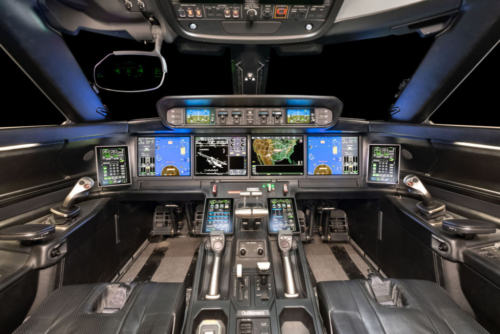
What caught attention right away were those active sidesticks. Now, you're probably thinking: "Great, another Airbus-style sidestick setup." But these are different. They're synchronized, which means when one pilot makes an input, the other pilot's stick moves too. It's a small thing, but it makes a huge difference for crew coordination.
The predictive landing performance system is another one of those features that sounds fancy but actually serves a real purpose. It's constantly calculating the landing distance based on current conditions: wind, runway state, aircraft weight, all that good stuff.
The touchscreen interfaces are slick and are paired with synthetic vision technology that creates this almost video game-like display of the terrain and obstacles around you. It's particularly useful in mountainous areas or unfamiliar airports where situational awareness can mean the difference between a smooth arrival and... well, let's not go there.
What You'll Actually Pay
Now, let's talk money. As of mid-2025, if you want a brand-new G500, you're looking at about $49.4 million for a reasonably equipped aircraft. The pre-owned market tells a more interesting story. If you're looking at used G500s from 2018 and later, asking prices in early 2025 averaged around $36 million.
The Real Cost of Ownership
Here's where things get interesting, and by interesting, I mean expensive.
Operating a G500 comes with costs that can easily run from $1.5 million to over $3 million annually, depending on how much you fly. Most private owners put about 200-400 hours on these aircraft per year, and that makes a huge difference in your total costs.
The biggest variable? Fuel. Always fuel. The G500 burns somewhere between 353 and 372 gallons per hour at cruise, which doesn't sound too bad until you multiply it by current fuel prices. At $5-7 per gallon (and that's 2025 pricing, which isn't exactly cheap), you're looking at $1,765 to $2,604 per hour just in fuel. Fly 300 hours a year, and that's over $600,000 in fuel alone.
Maintenance is the other big expense, and it's less predictable than fuel. You've got scheduled inspections, unscheduled repairs, and parts that cost more than most people's annual salary. The hourly rates range from $445 to $1,500, though it tends to be higher in the early years despite warranties. Go figure.
Then there's the engine overhaul reserve; basically, money you set aside knowing that eventually those Pratt & Whitney PW814GA engines are going to need major work. One source puts this at $994 per hour, which adds up fast.
Crew costs are significant but more predictable. You'll need two pilots, and their combined salaries typically run $180,000 to $345,000 annually, plus about $104,000 for recurrent training. Don't forget per diem and travel expenses when they're positioning the aircraft or staying overnight.
Insurance runs $20,000 to $40,000 annually, which honestly seems reasonable for a $40-50 million asset. Hangar fees vary wildly depending on where you're based; anywhere from $12,000 to over $100,000 per year for protected storage.
The little stuff adds up, too. Landing fees, handling charges, management costs, and software subscriptions. One estimate puts miscellaneous fixed costs at $78,000 annually plus $150 per hour variable. It's death by a thousand cuts, financially speaking.
What Makes It Special
The G500 does a few things that nobody else was doing when it launched, and some of these are still pretty unique today.
Those active control sidesticks from earlier? The G500 was literally the first civilian aircraft to get them.
Here's something most people don't know: this thing is certified for steep approaches. That means it can get into airports like London City, which a lot of other large jets simply can't access. Pretty handy if your business takes you to challenging airports.
And despite all the performance, it's 33% more fuel efficient than the G450 on similar missions. Not bad for something that'll cruise at Mach 0.90.
Where It Falls Short
Nothing's perfect, and the G500 has its issues.
The price is the obvious one. At $49.4 million new, you're paying premium money. Even used ones are running at $35-42 million, and those annual operating costs we discussed? They're real.
The range is good at 5,300 nautical miles, but it's not the best in class. The Global 6000 will take you 6,000 nm, which might matter if you're regularly doing the really long hauls.
Bottom Line
The G500 is genuinely impressive. It brought some real innovations to the market and still holds its own against newer competition. If you're flying transcontinental routes regularly and want the latest tech with Gulfstream's reputation, it's hard to argue with.
But it's expensive. Not just to buy, but to own and operate. And if pure range is your priority, there are other options that'll take you further without a fuel stop.
The good news? Over 150 of these are flying around now with 100,000+ flight hours logged, so the reliability concerns have pretty much been put to rest.
So, is it worth it? Depends on what you're looking for. But it's definitely one of the more interesting business jets to come along in recent years.
